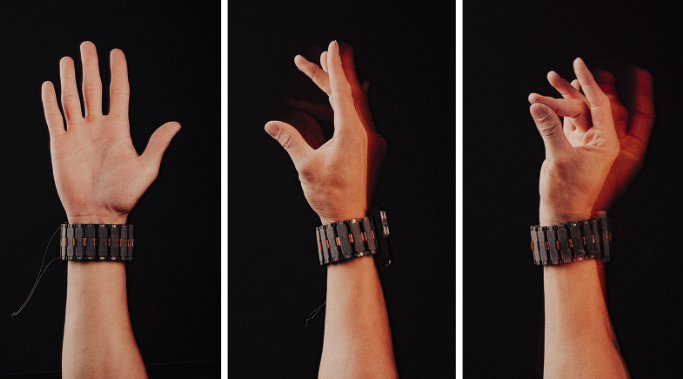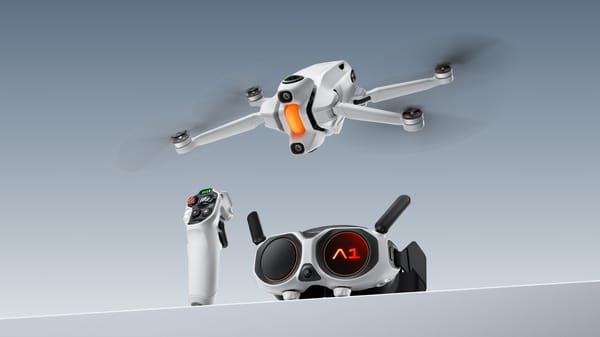Meta Publishes Groundbreaking Research on Neural Wrist Input

- Meta’s Reality Labs detailed a wrist-worn sEMG system that translates muscle signals into device commands, enabling seamless HCI.
- A peer-reviewed paper in Nature validates sEMG as a reliable input method and includes a newly released dataset to support further research.
Meta’s Reality Labs has published peer-reviewed research in Nature demonstrating the potential of surface electromyography (sEMG) as a foundational input method for human-computer interaction. The wristband reads muscle signals to let you control devices with small hand movements, like tapping or writing on a surface with no touchscreen or buttons needed.
The prototype was tested with Meta’s Orion AR glasses and uses machine learning to translate muscle activity into commands. Meta says the system is non-invasive, works discreetly at your side, and is designed for everyday use, especially in situations where voice or touch input isn’t practical.
To support ongoing research, Meta released a dataset containing over 100 hours of sEMG recordings from more than 300 participants. The company says its neural networks, trained on data from thousands of individuals, can accurately decode gestures without individual calibration. Even minimal personalization can improve handwriting recognition by up to 16%, highlighting the system’s adaptability and long-term potential.
🌀 Tom’s Take:
All new waves of computing usher in new forms of input, and spatial computing will be no different. As computers move into the space around us, our interactions are expected to feel more natural and use more of our bodies. Meta is betting on EMG to help make that shift.
Disclosure: Tom Emrich has previously worked with or holds interests in companies mentioned. His commentary is based solely on public information and reflects his personal views.
Source: Meta Blog




